The high mountains of Central Asia hold many secrets, but none as elusive as the ghostly figure that moves silently across the rocky cliffs - the snow leopard. Known scientifically as Panthera uncia, this magnificent creature has earned its nickname as the "ghost cat" of the mountains through its almost supernatural ability to vanish into the landscape.
For centuries, local herders would speak in hushed tones about fleeting glimpses of a large, grayish cat with piercing green eyes that watched them from impossible perches. These sightings were so rare that some questioned whether the animal truly existed or was merely a figment of imagination born from thin mountain air. Even today, with modern camera technology, researchers consider themselves fortunate to capture more than a blurry image of this master of camouflage.
The snow leopard's physical adaptations are nothing short of remarkable. Its thick, smoky-gray coat patterned with dark rosettes provides perfect concealment against the rocky terrain. The fur grows exceptionally long - up to five inches on the belly - creating natural insulation against temperatures that can plunge to -40°F (-40°C). Their wide, fur-covered paws act as natural snowshoes, distributing their weight evenly across deep snow while the rough pads provide traction on steep slopes.
Perhaps most impressive is the snow leopard's tail. Nearly as long as its body, this thick, flexible appendage serves multiple purposes - acting as a counterbalance during acrobatic leaps, wrapping around the body like a scarf for warmth during rest, and even as a visual signal to other leopards in the sparse communication of solitary animals. When observing a snow leopard navigate sheer cliff faces with effortless grace, one understands why ancient cultures revered them as mountain spirits.
These cats inhabit some of the most inhospitable terrain on Earth, ranging across twelve countries from Afghanistan to Mongolia at elevations between 9,800 and 17,000 feet. Their territory spans nearly 2 million square kilometers, yet their actual population density remains shockingly low - estimates suggest only 4,000-6,500 individuals remain in the wild. This paradoxical combination of vast range and sparse numbers makes conservation efforts extraordinarily challenging.
The snow leopard's hunting strategy reflects the harsh realities of its environment. Unlike other big cats that rely on short bursts of speed, snow leopards are ambush predators capable of killing prey up to three times their own weight. Their primary targets - blue sheep and ibex - are themselves masters of mountainous terrain. A single successful hunt might sustain a leopard for two weeks in this energy-poor environment, explaining why they may only make 20-30 kills per year.
Recent research has revealed surprising details about snow leopard behavior. Contrary to their solitary reputation, they maintain complex social networks through scent marking and vocalizations that carry across valleys. Their mating call - neither a roar nor a purr but something in between - can be heard for miles in the thin mountain air. Females exhibit extraordinary dedication to their cubs, protecting them in hidden dens for nearly two years - an unusually long rearing period among cats.
The greatest threat to snow leopards comes not from natural predators but human activity. Retaliatory killings by herders, poaching for their beautiful pelts and bones (used in traditional medicine), and diminishing prey populations all contribute to their vulnerable status. Climate change presents an additional existential threat, potentially shrinking their alpine habitat by up to 30% in coming decades as tree lines ascend.
Conservation efforts have shown promise through innovative approaches. Some programs train former poachers as wildlife guides, while others promote predator-proof livestock corrals to reduce human-leopard conflict. Camera trap projects have yielded invaluable data about population densities and movement patterns. Perhaps most importantly, international cooperation among range countries has improved in recent years, recognizing that the ghost cat knows no political boundaries.
For researchers who dedicate their lives to studying snow leopards, the work involves equal parts science and spirituality. Days spent tracking faint paw prints in snow or waiting motionless in blinds for a glimpse of their subject often end in disappointment. But when that rare moment comes - when the ghost materializes from the rocks and locks eyes with a human observer - it creates an indelible connection that explains why people risk so much to protect this enigmatic creature.
The snow leopard's future remains uncertain, but its symbolic power continues to grow. It represents the fragile beauty of high-altitude ecosystems and serves as an ambassador for conservation across cultures. As climate change and development pressures increase, protecting this mountain ghost becomes more than saving a single species - it's about preserving the wild essence of the planet's rooftop for generations to come.
In the end, perhaps the snow leopard's greatest survival adaptation is its ability to capture human imagination. Like the yeti or other legendary mountain dwellers, it exists at the edge of perception - real enough to study but mysterious enough to inspire. This balance between tangible and mythical may ultimately be what ensures its continued presence in our world, both as a biological reality and as a symbol of nature's untamable spirit.

By /Jun 12, 2025
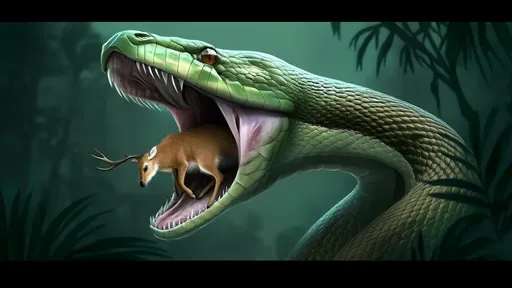
By /Jun 12, 2025
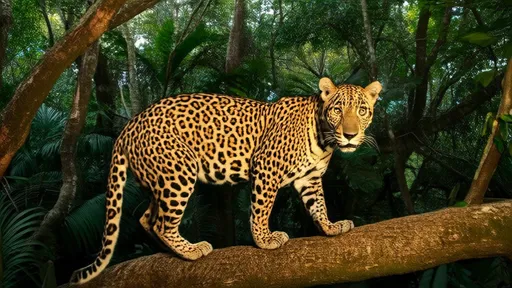
By /Jun 11, 2025
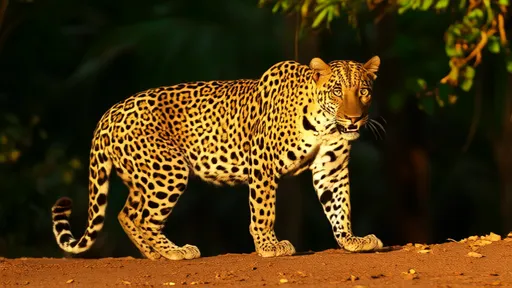
By /Jun 11, 2025
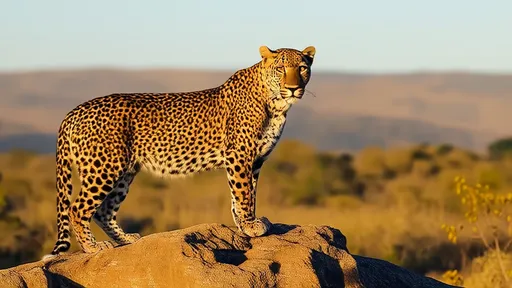
By /Jun 11, 2025
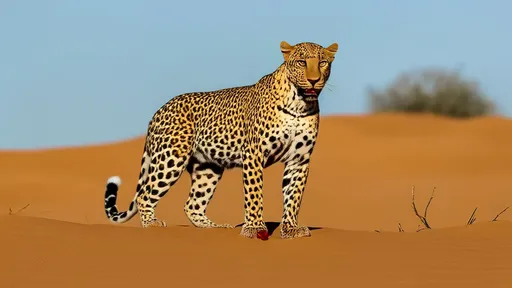
By /Jun 11, 2025
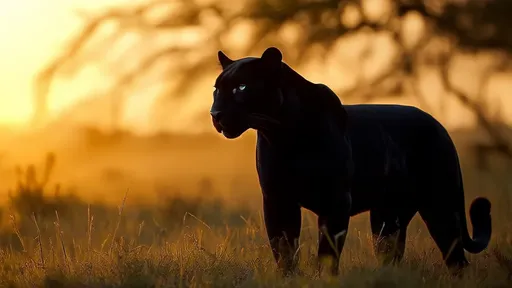
By /Jun 11, 2025
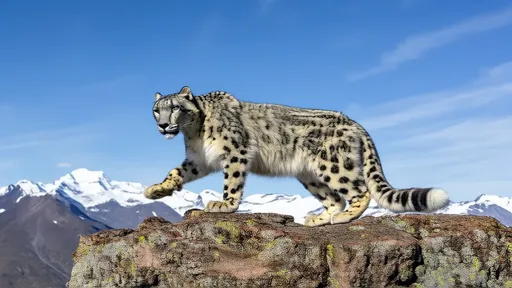
By /Jun 11, 2025
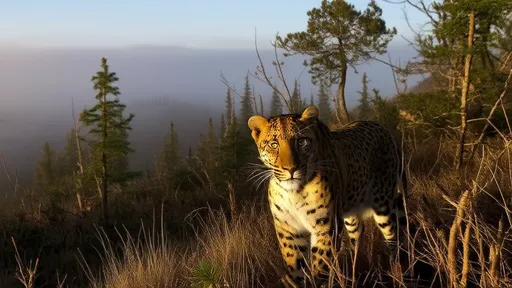
By /Jun 11, 2025
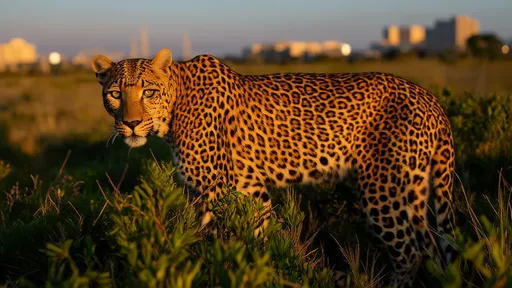
By /Jun 11, 2025
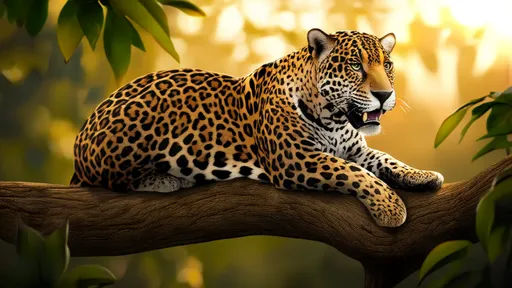
By /Jun 11, 2025
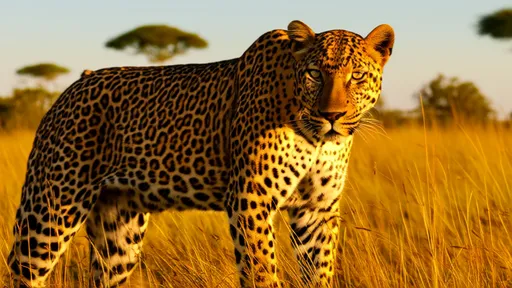
By /Jun 11, 2025
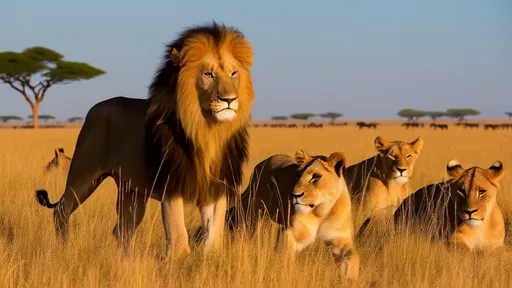
By /Jun 11, 2025
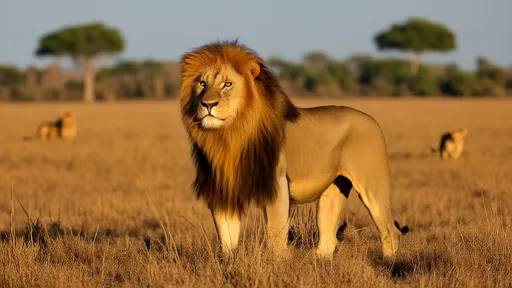
By /Jun 11, 2025
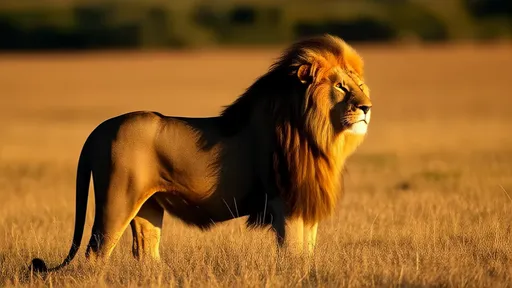
By /Jun 11, 2025
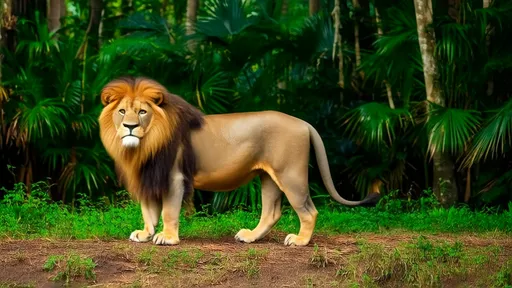
By /Jun 11, 2025
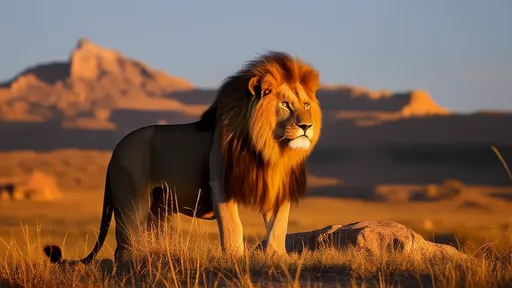
By /Jun 11, 2025

By /Jun 11, 2025
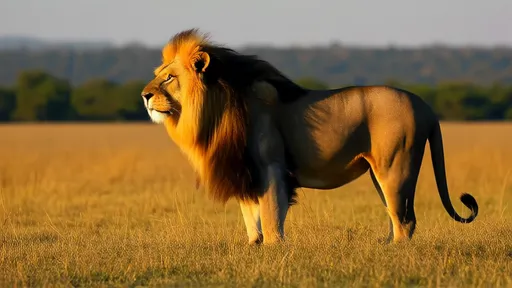
By /Jun 11, 2025
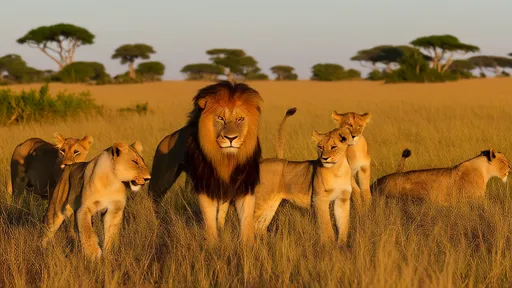
By /Jun 11, 2025